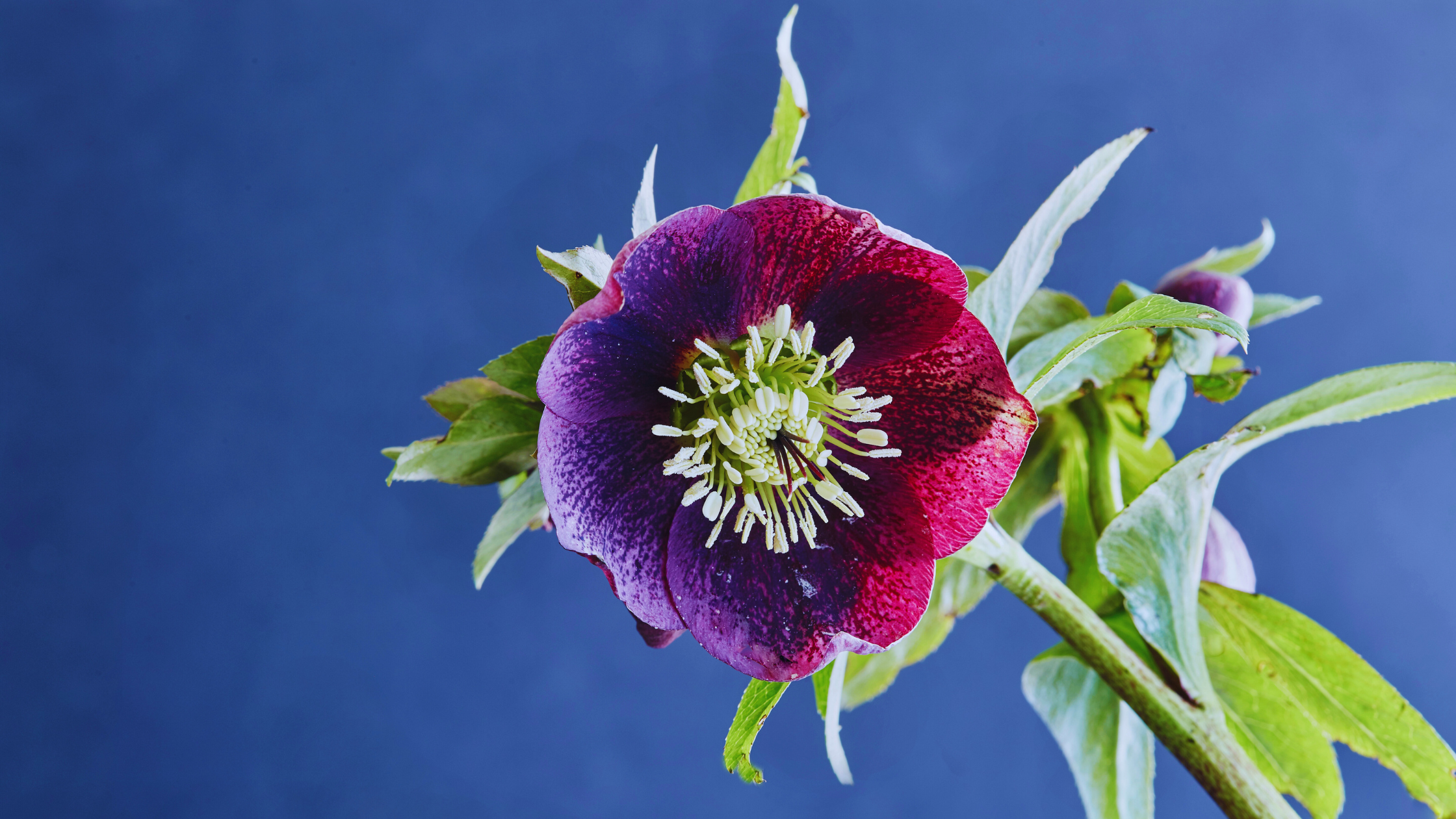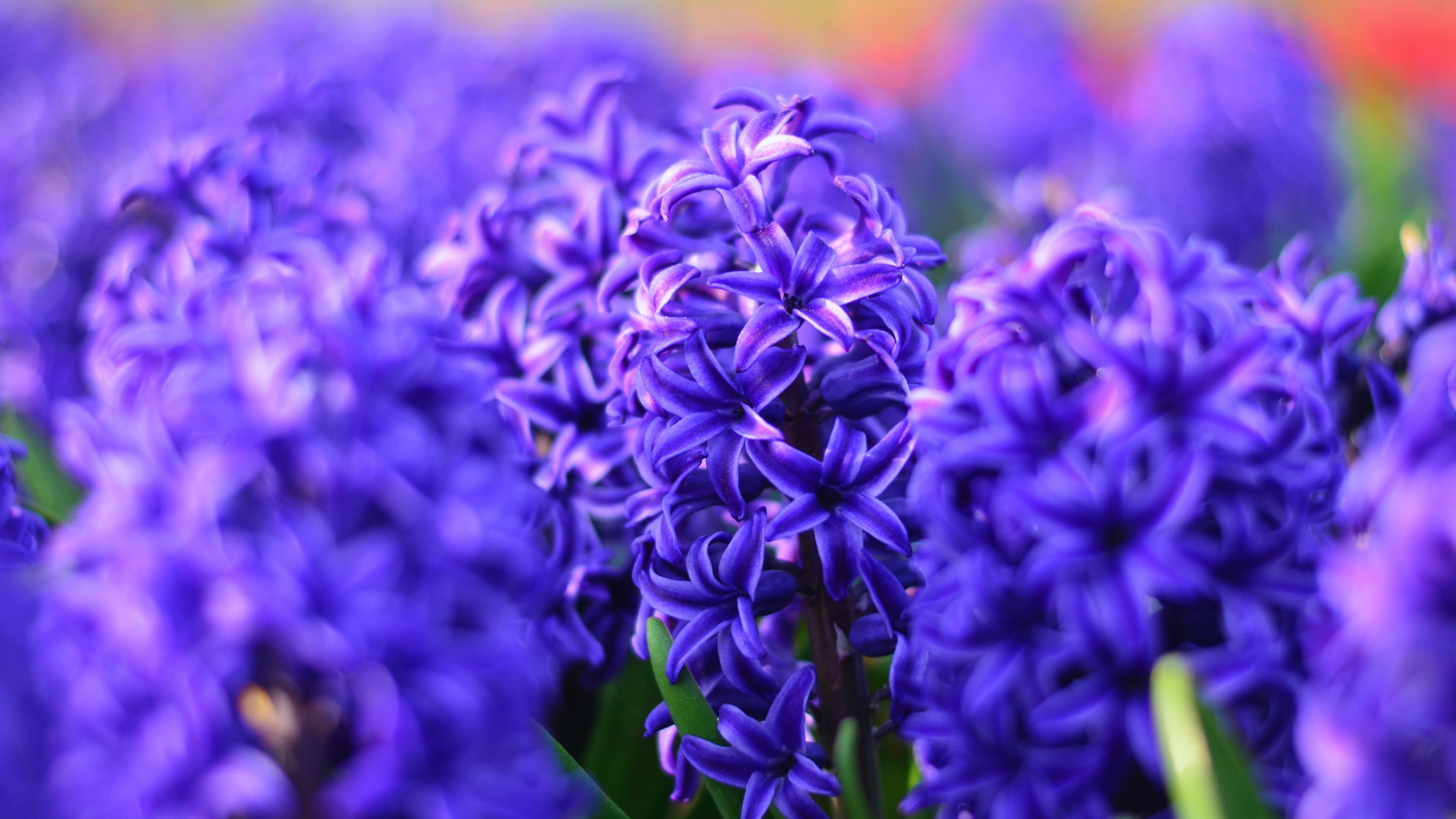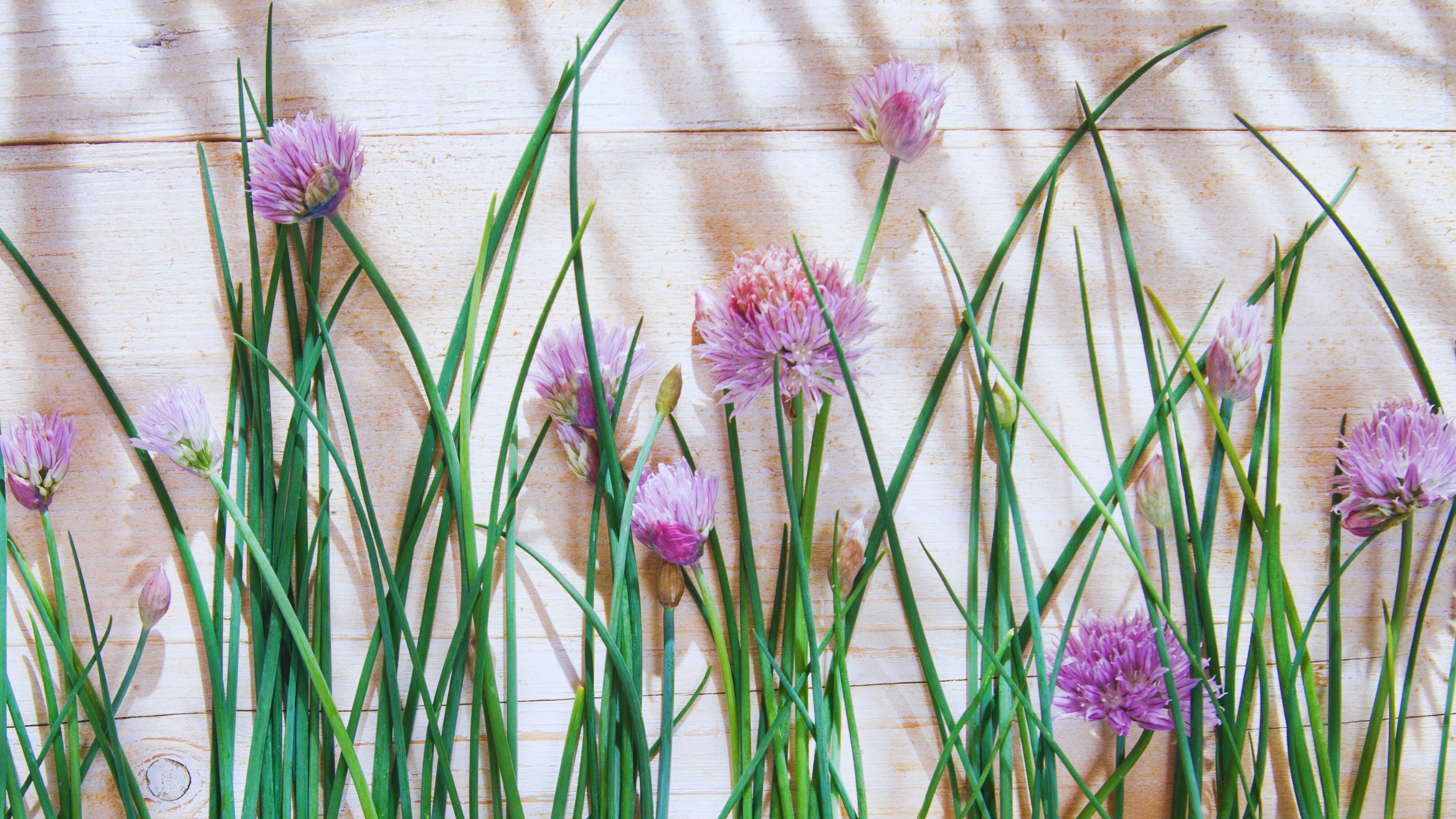In the world of gardening, few plants capture the heart quite like the shade loving perennial: hellebore. With its elegant blooms, resilience, and preference for shade, the hellebore is a beloved perennial that deserves a place in every garden. Join us as we delve into the enchanting world of hellebores, exploring their ideal growing conditions, benefits, and fascinating characteristics.
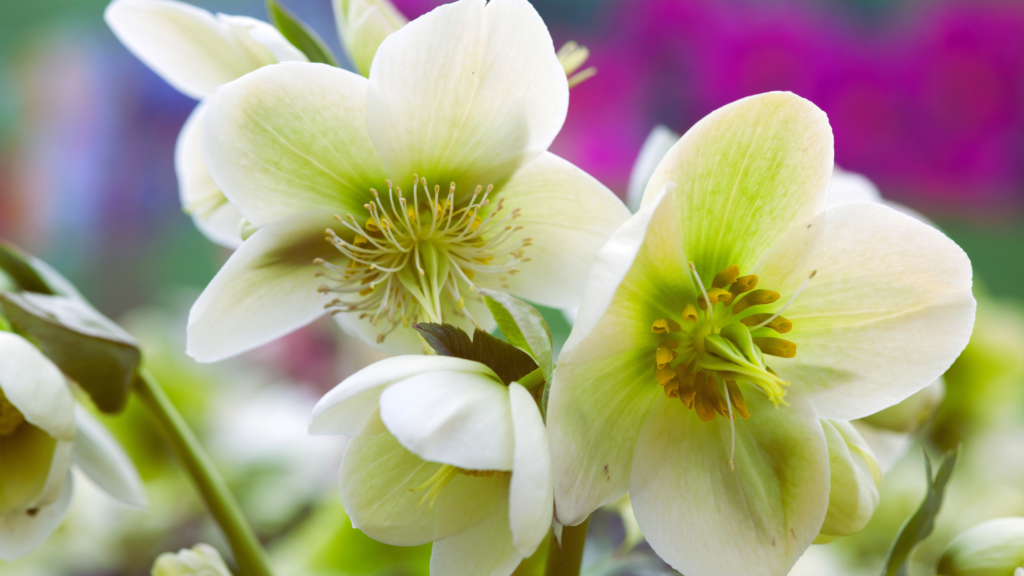
Where to Grow Hellebore:
Hellebores thrive in shady to partially shaded areas of the garden, making them ideal candidates for brightening up those dimmer corners. They are perfect for planting beneath trees, along woodland edges, or in dappled shade gardens. These versatile perennials can also tolerate a range of soil types, including loamy, well-draining soil with ample organic matter.
Benefits of Hellebore:
1. Early Bloomers:
One of the earliest flowering perennials, often gracing the garden with their delicate blooms in late winter to early spring when few other plants are in bloom. Their nodding flowers, which come in an array of colors including white, pink, purple, and green, provide a welcome burst of color in the dreary winter landscape.
2. Low Maintenance:
Incredibly low-maintenance plants, requiring minimal care once established. They are drought-tolerant once established, making them suitable for gardeners seeking water-wise options. Simply provide them with well-draining soil and occasional watering during dry spells, and they will reward you with years of beauty.
3. Deer and Rabbit Resistant:
One of the many charms of hellebores is their deer and rabbit resistance. These plants contain toxic compounds that deter browsing by common garden pests, making them an excellent choice for gardens plagued by wildlife.
4. Long Bloom Period:
Hellebores have an extended bloom period, with flowers lasting for several weeks to months, depending on the variety. Their ability to bloom early and persist through the spring season adds invaluable beauty and interest to the garden.
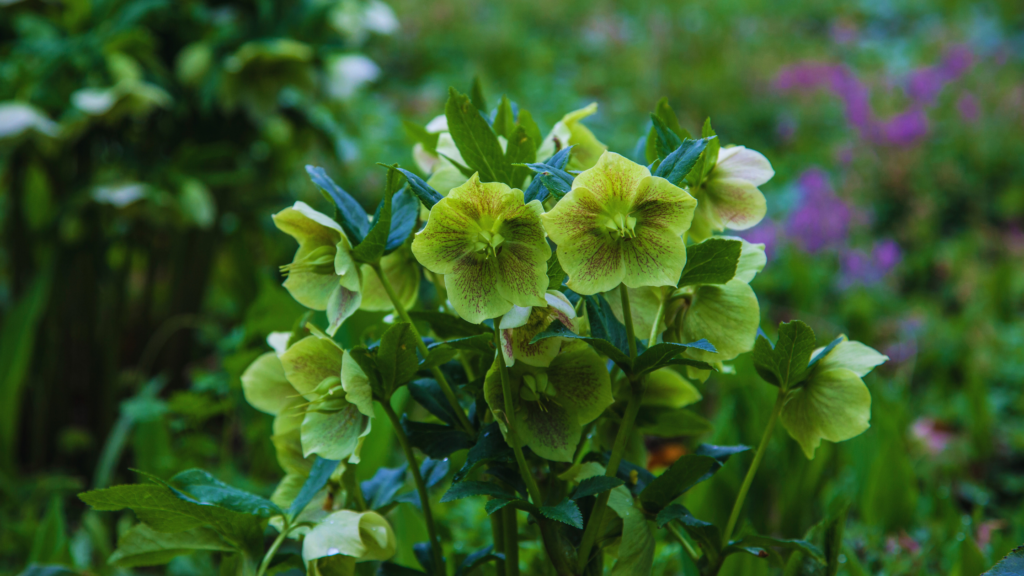
When to Plant:
Hellebores are best planted in early fall or late winter to early spring. Planting in the fall allows the roots to establish before winter, leading to stronger growth in spring. If planted in late winter or early spring, hellebores will benefit from the cooler temperatures, which encourage root development. Ensure they are placed in a well-draining location with partial to full shade, as they thrive in these conditions.
About:
This perennial is prized for it’s evergreen foliage, which remains attractive year-round, providing structure and texture to the garden even when not in bloom. Four popular and easy to grow varieties include:
A must-have addition to any shade garden, offering year-round beauty, resilience, and effortless elegance. With their early blooms, low-maintenance nature, and deer resistance, hellebores are sure to captivate gardeners and enchant visitors alike. Plant them beneath trees, along borders, or in containers, and enjoy the enchanting beauty of hellebores in your garden for years to come.
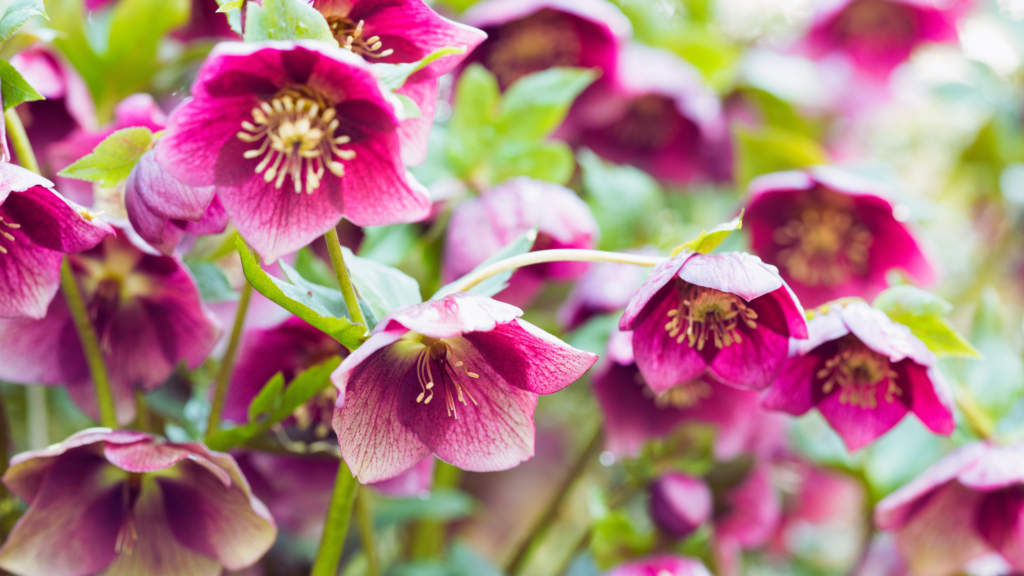
For more ideas on perennial flower options: Planting Fall Bulbs: Your Ultimate Guide to a Vibrant Spring Garden
